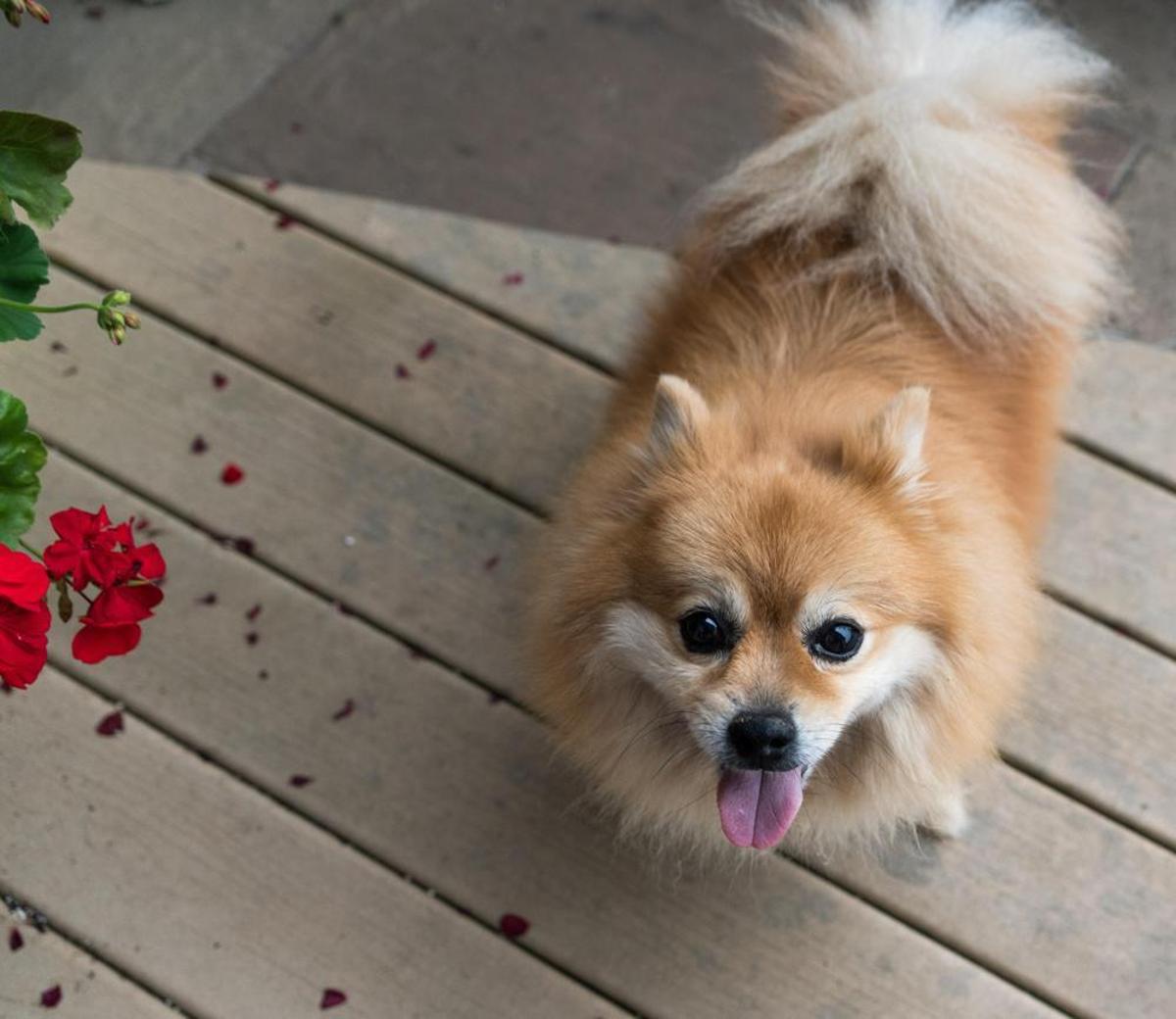Quick Links: Table of Contents
- Pomeranian Breed Overview
- History of the Pomeranian Breed. Where Pomeranians came from
- What the Pomeranian Looks Like
- How Much is the Pomeranian Puppy?
- Best Pomeranian Breeders
- Adopting or Rescuing the Pomeranian
- The Temperament of the Pomeranian
- How Long Pomeranians Live
- Pomeranian Litter Size
- How Fast Pomeranians Can Run
- Good Names for Pomeranians
- How Intelligent are Pomeranians?
- How Popular are Pomeranians with New Dog Owners?
- Health Problems in Pomeranians and How to Prevent Them
- Dog Breeds That Are Similar to Pomeranians
- Other Things to Know About Pomeranians
Pomeranian Breed Overview
The Pomeranian is a tiny-sized dog.
The adult Pomeranian stands 7 to 12 inches tall at the shoulder.
The Pomeranian belongs to the Companion Dogs group.
Dogs in the Companion Dogs group, like the Pomeranian, were bred to be companions for humans. Their main goal in life is to be with people, and they will be very sad if left to themselves for long hours day after day.
The fact that the Pomeranian belongs to the Companion Dogs group is one of the reasons why Pomeranians have the personality and temperament that they have.
The temperament of the Pomeranian is generally described as:
- Active
- Extroverted
- Friendly
- Intelligent
- Playful
- Sociable
History of the Pomeranian Breed. Where Pomeranians came from
Pomeranians are a type of small dog that originated in Pomerania, a historical region in northern Poland and Germany.
The Pomeranian`s exact ancestry is unknown, but they are thought to be descended from the Spitz-type dogs of Greenland and Iceland.
Pomeranians were first brought to England in the late 1700s, where they quickly became popular among the upper class.
Queen Victoria was particularly fond of Pomeranians, and her obsession with the breed helped to make them one of the most popular dogs in the world.
Pomeranians are known for their playful and spunky personality, and they remain a popular choice for pet owners today.
.
What the Pomeranian Looks Like
Pomeranians are a small breed of dog and they have a dense, fluffy coat that can be either straight or wavy.
Pomeranians come in a variety of colors, including white, black, brown, orange, and cream.
Pomeranians have small ears and a thick ruff of fur around their neck.
Pomeranians are known for their lively and outgoing personality.
Pomeranians are active dogs and enjoy playing games such as fetch.
Pomeranians are intelligent dogs and can be easy to train.
.
How Much is the Pomeranian Puppy?

The average price of a Pomeranian puppy is $2150. The price of a Pomeranian puppy ranges from $1500 to $2500.
A lot of factors determine the price of the Pomeranian. These factors include what health records the Pomeranian puppy has, the lineage of the Pomeranian puppy, the US state the breeder is located in, etc.
To estimate how much you can expect to pay for a puppy Pomeranian based on the many factors that determine the price of the Pomeranian puppy, check out our calculator that lets you estimate how much you should expect to pay for the Pomeranian puppy based on what you want in the puppy.
When looking to buy a puppy, look at buying a puppy only from well-established breeders that breed puppies primarily for the love of the Pomeranian breed, and secondarily for profit. Do not buy a puppy from a puppy mill. Puppy mills mass-produce puppies in bad living conditions for maximum profit.
You may also consider adopting instead of buying a puppy. Adoption costs are very low compared to the price of a puppy.
Best Pomeranian Breeders
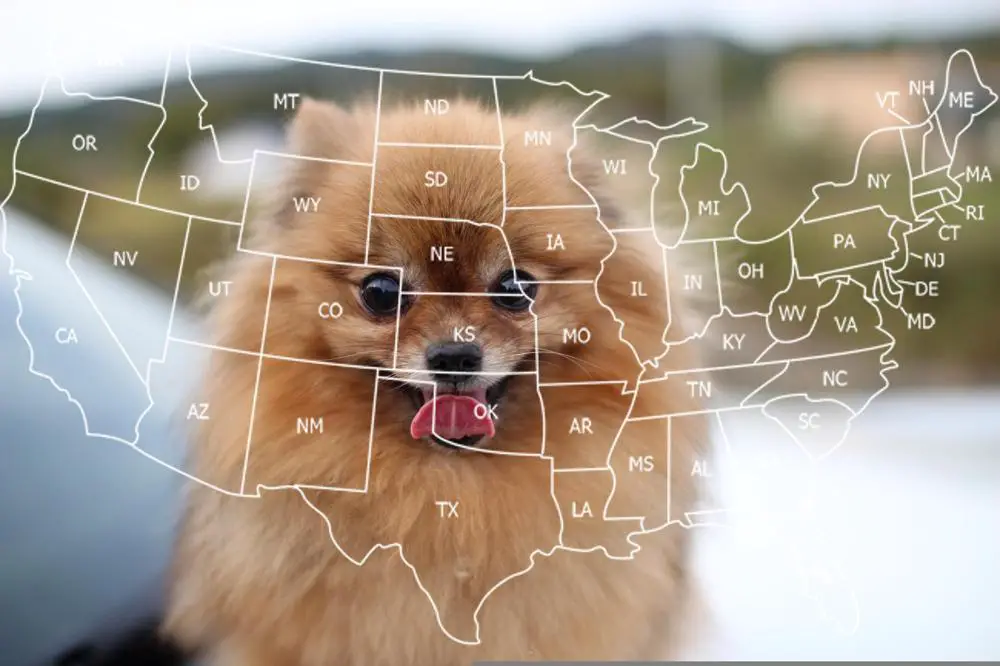
We have researched reputable Pomeranian breeders that you can buy a puppy.
Go to this page for our complete list of reputable Pomeranian breeders in various states in the United States.
On this page, you will see how much these breeders sell their puppies for, and how many puppies they have available.
A few of these breeders are listed below.
Pomelove Kennel
Puppy Price: Check with breeder
Mary Schooner
Puppy Price: Check with breeder
Sharp Poms
Puppy Price: Check with breeder
Suzanne Harvey
Puppy Price: $2000-$2500
Jane McRae
Puppy Price: $3300.00
Adopting or Rescuing the Pomeranian
You may consider adopting a dog instead of buying a puppy. Many dogs, Pomeranians included, are currently available for adoption in your local dog shelters.
These helpless but adorable dogs are waiting in dog shelters hoping that someday someone will rescue them. Dog adoption costs are lesser than the cost of a new puppy. Dog adoption costs are usually around $300 or even less.
In addition to your local dog shelter, another good place to find dogs that are available for adoption is petfinder.com.
Below is an adorable Male Pomeranian named Porridge that is currently available for adoption on Petfinder.com. You can find other lovely Pomeranians like Porridge on pefinder.com.
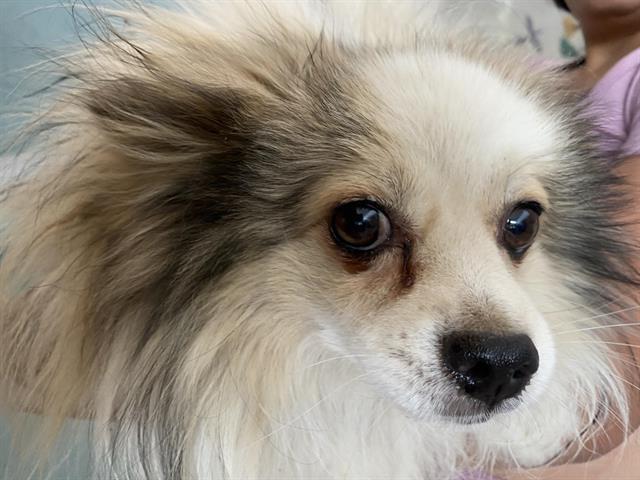
Foxy is the name of another Pomeranian (Male) on petfinder.com that is looking for a new forever home.
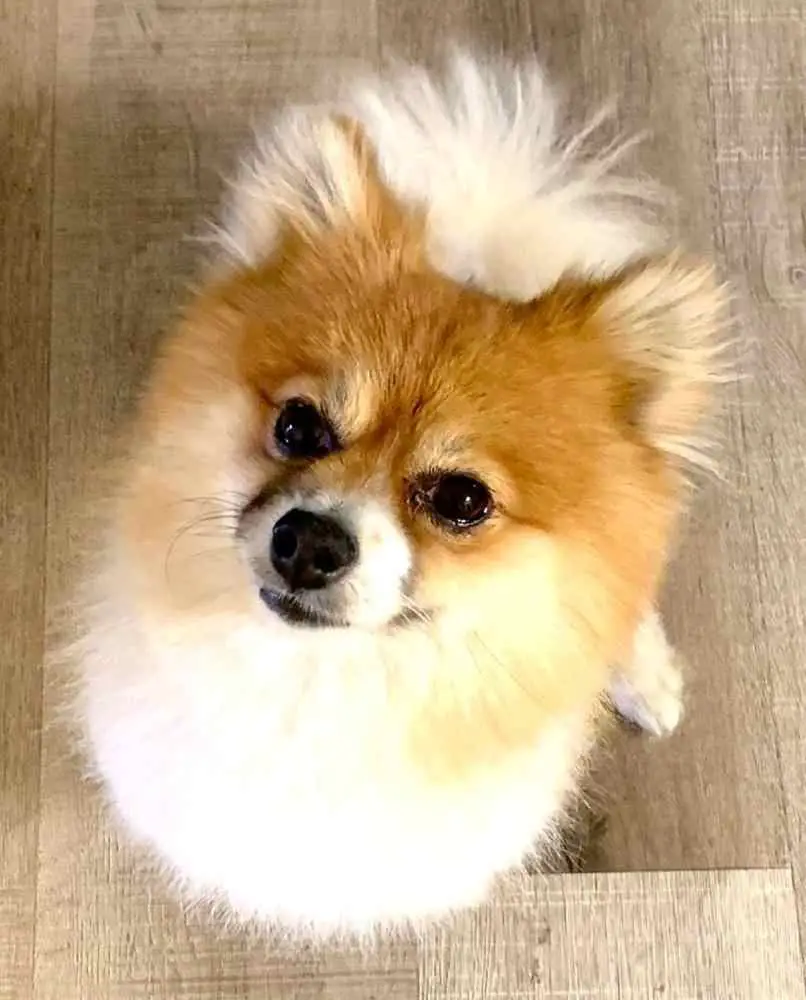
You can find more Pomeranians that are available for adoption on petfinder.

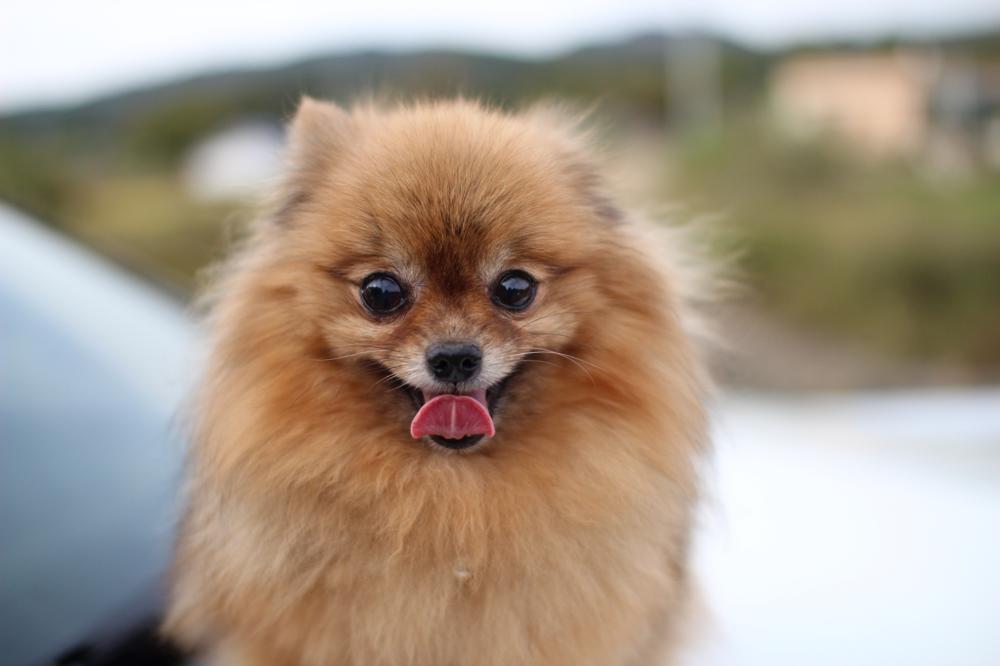
The Temperament of the Pomeranian
The temperament of the Pomeranian based can be summarized as in the table below.
The table shows the scores of the Pomeranian for 13 important dog behavioral factors.
We obtained these scores by analyzing raw data from the C-BARQ dog personality survey tool. The higher the score of a dog for a factor, the worse the temperament of the dog regarding that factor.
The C-BARQ tool was developed by researchers from the University of Pennsylvania, and it is a scientific tool that is used worldwide for reliably measuring the temperament of dog breeds.
See our complete analysis of the temperament of the Pomeranian here.
| Factor | Score |
|---|---|
| Attachment Attention Seeking | 64.4 percent |
| Energy Level | 61.5 percent |
| Excitability | 56.2 percent |
| Dog Rivalry | 51.0 percent |
| Dog Directed Fear | 48.8 percent |
| Separation Related Behavior | 47.0 percent |
| Dog Directed Aggression | 44.9 percent |
| Stranger Directed Aggression | 44.6 percent |
| Stubbornness | 41.4 percent |
| Prey Drive | 40.8 percent |
| Stranger Directed Fear | 35.9 percent |
| Owner Directed Aggression | 33.6 percent |
| Nonsocial Fear | 31.9 percent |
| Touch Sensitivity | 30.6 percent |
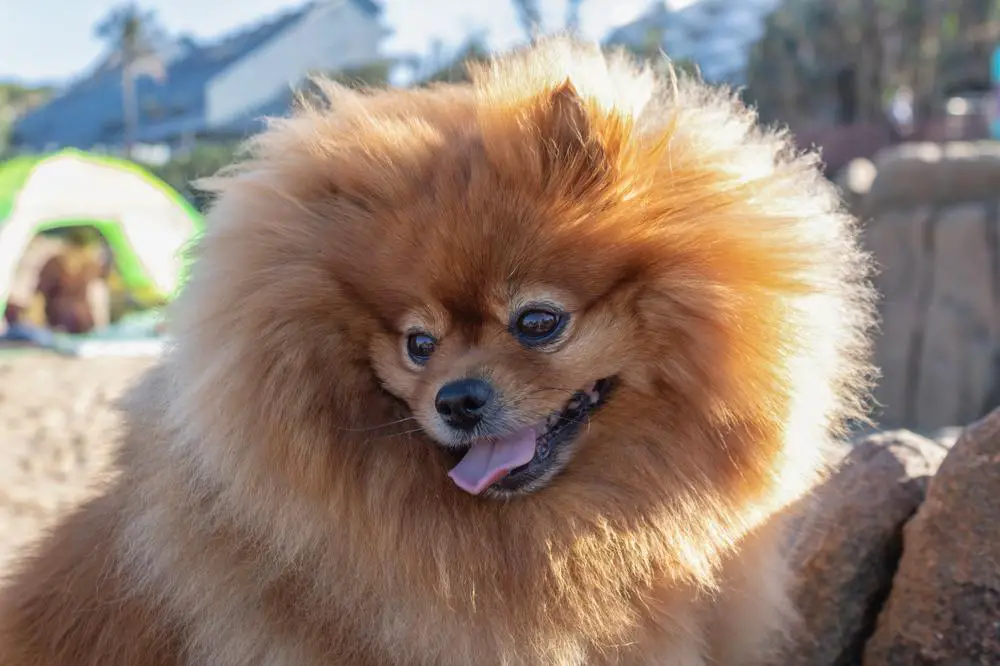
How Long Pomeranians Live
The lifespan of the Pomeranian is typically from 12 to 16 years.
Moreover, a few years back, veterinarian researchers performed a scientific study to determine the lifespan of the Pomeranian. In this study, the scientists collected data on how long 29 pet Pomeranians lived.
From the study, it was found that Pomeranians have an average lifespan of 9.67 years. Furthermore, the study found that it is not uncommon for Pomeranians to live as long as 17.2 years.
Note that you need to put in some effort if you want your Pomeranian to live long.
Pomeranians live long if they eat well, drink well, exercise well, and visit the veterinarian regularly.
There are also dog supplements that you can give your Pomeranian to improve your Pomeranian`s quality of their life.
Click here to learn more about how to make your Pomeranian live long.
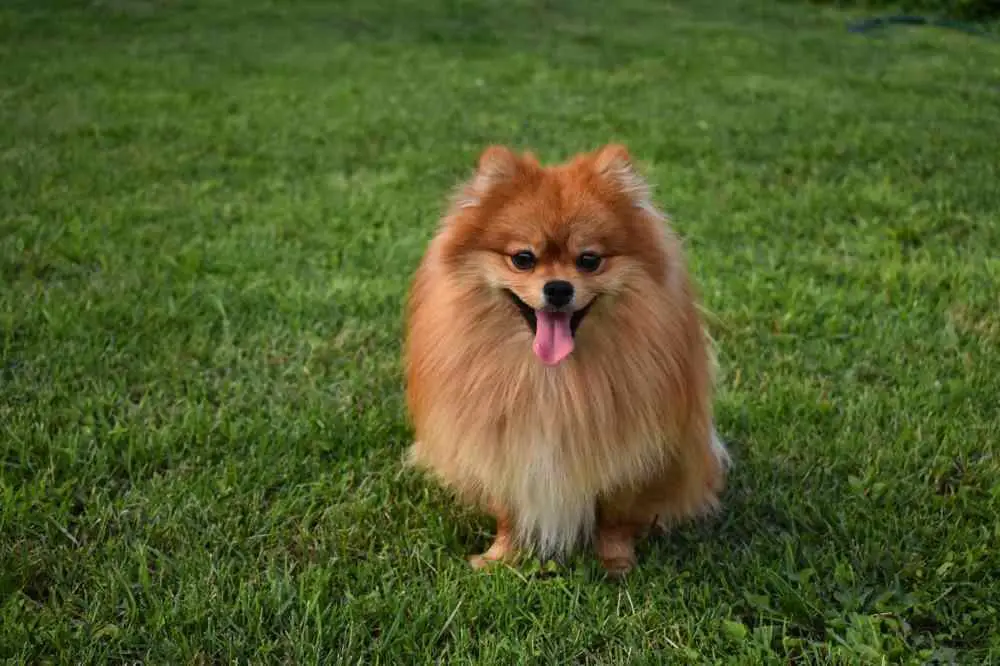
Pomeranian Litter Size
Researchers from the Norwegian School of Veterinary Science did a study where they counted the numbers of puppies in 179 different Pomeranian birth litters.
From this study, the researchers found that the average number of puppies that Pomeranians can have is 2 puppies. Also, the Pomeranian can have as few as 1 puppies per litter and as many as 6 puppies per litter.
The number of puppies that the Pomeranian will have depends on factors such as the age of the Pomeranian, the method of pregnancy, etc.
Click here to see our calculator for predicting how many puppies your Pomeranian will have and how the litter size of the Pomeranian compares to the litter size of other dog breeds.
How Fast Pomeranians Can Run
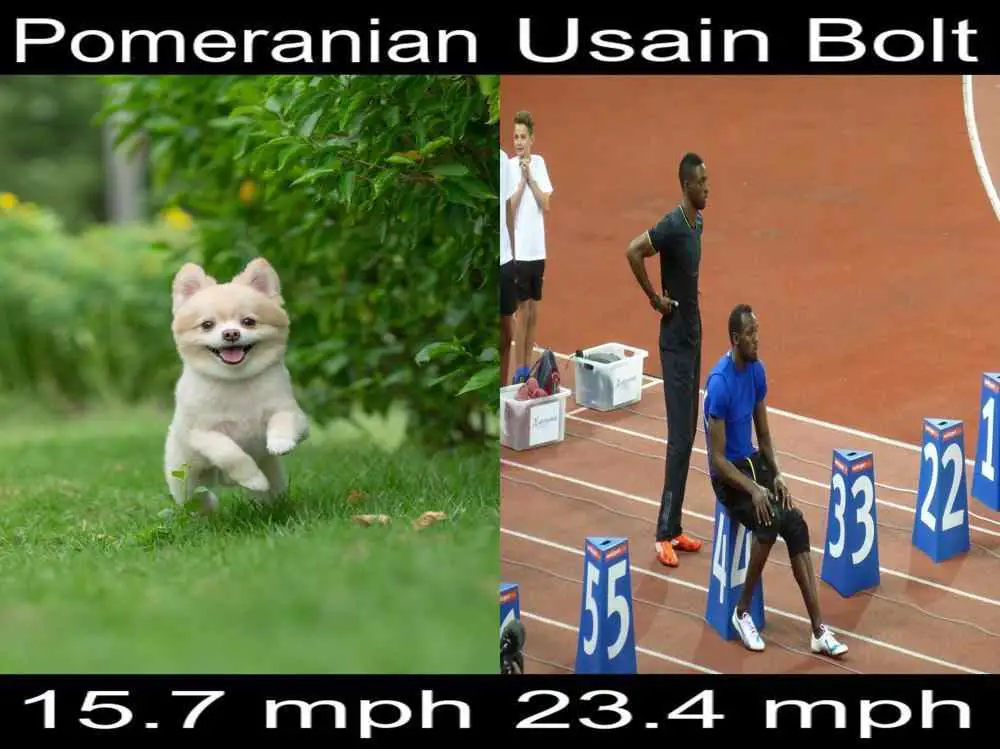
How fast a dog breed can run is a good measure of how athletic the dog breed is.
The American Kennel Club (AKC) regularly conducts dog running competitions. The AKC records the running speed of competing dogs in these competitions. These competitions are open to all dog breeds.
Based on our analysis of the speeds of 70 different Pomeranians, the average speed of the Pomeranian is 15.7 mph (25.3 kmph).
The fastest speed on AKC record that the Pomeranian ran in a race is 21.68 mph (34.9 kmph) and the minimum speed on record in a race for a Pomeranian is 7.08 mph (11.4 kmph).
Click here to see how the speed of the Pomeranian compares to the speed of other dogs and other mammals such as cats, horses, humans, etc.

Good Names for Pomeranians
Here are some really good names that are typical for the Pomeranian ranked by popularity:
- Bear
- Teddy
- Jack
- Prince
- Cooper
- Nova
- Hugh
- Rudy
- Foxy
- Leo

How Intelligent are Pomeranians?
| Pomeranian | |
|---|---|
| Intelligence Rank | 23 out of 130 dog breeds |
| Trainability | Tend To Learn New Commands After 5 To 15 Repetitions |
According to Prof. Stanley Coren, a Canadian psychology professor/dog trainer, the total intelligence that a dog demonstrates is the addition of three types of intelligence. These intelligence types are:
- Instinctive Intelligence: This is the natural intelligence that comes from instinct. For example, dog breeds that have been historically bred to be guard dogs will have a high `guarding` intelligence compared to dogs that were not bred for guarding.
- Adaptive Intelligence (learning and problem-solving ability): This indicates what a dog can learn to do for himself or herself. Adaptive intelligence is specific to each dog, and not breed specific. You can improve your dog`s adaptive intelligence by investing time to train your dog.
- Working/Obedience Intelligence: This type of intelligence is breed-specific. Certain dog breeds tend to have higher working/obedience intelligence than some other breeds. This intelligence is the closest to what we might call school-learning ability and it is based upon what the dog can learn to do when instructed by humans. This type of intelligence can be measured for each dog breed and compared to that of other dog breeds.
Professor Stanley Coren measured and ranked the working intelligence of about 130 different dog breeds.
Prof. Coren found that the Pomeranian has an obedience intelligence rank of 23 out of 130 dog breeds. Thus, Prof. Coren put Pomeranians in the `Excellent Working Dogs` category.
This means that Pomeranians tend to learn new commands after 5 to 15 repetitions.
However, we should mention that a dog should not be judged based on its intelligence alone. There are other important factors you need to consider when deciding on which dog breed to get. These other factors include sociability, adorability, and compatibility of the dog breed with your lifestyle.
See the intelligence ranking of some other dog breeds below:
| Breed | Intelligence Rank |
|---|---|
| Standard Poodle | 2 |
| Shetland Sheepdog | 6 |
| Papillon | 8 |
| English Cocker Spaniel | 18 |
| Brittany | 19 |
| Cocker Spaniel | 20 |
| Belgian Malinois | 22 |
| Chesapeake Bay Retriever | 27 |
| Airedale Terrier | 29 |
| Cairn Terrier | 35 |
| Norwegian Elkhound | 36 |
| Rhodesian Ridgeback | 52 |
| Skye Terrier | 55 |
| Dandie Dinmont Terrier | 62 |
| Great Pyrenees | 64 |
| Bull Terrier | 66 |
| Chihuahua | 67 |
| Bullmastiff | 69 |
| American Bulldog | 77 |
| Afghan Hound | 79 |
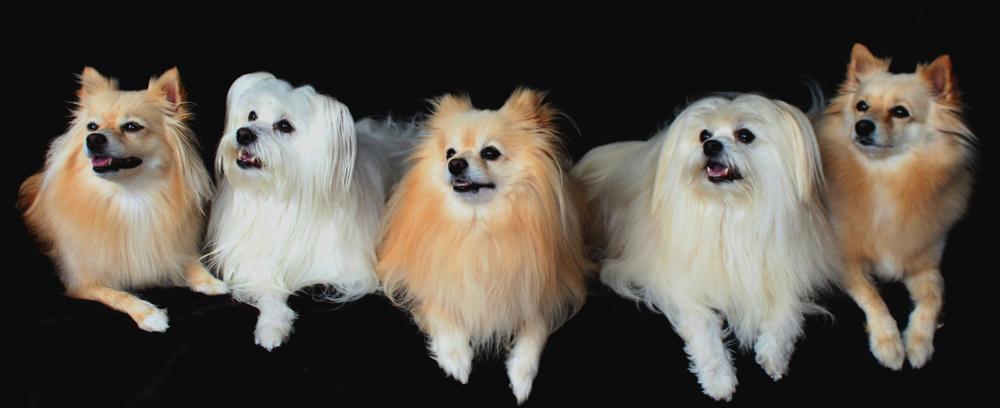
How Popular are Pomeranians with New Dog Owners?
Every year, the American Kennel Club (AKC) publishes information on how popular a dog breed is in that particular year. The AKC gets the popularity information of a breed from how many dogs of that breed the owners register with the AKC every year. The AKC collects this data for about 200 dog breeds.
The graph below shows the popularity trend of the Pomeranian.
The popularity of the Pomeranian averaged over the years is Number 22 out of about 200 dog breeds.
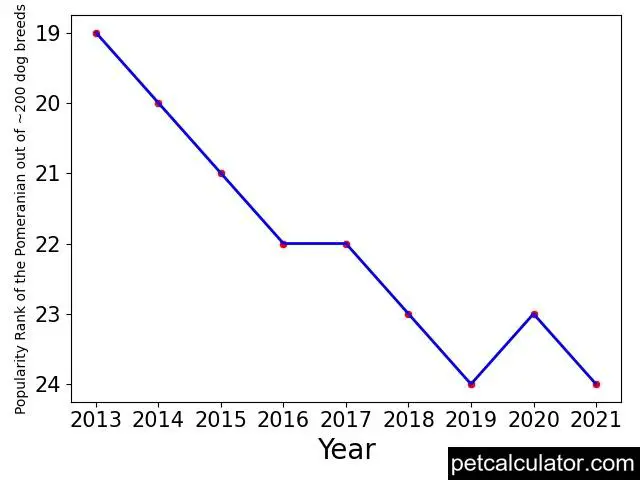
Do not get a dog breed just because it is a popular dog breed. And do not reject a dog breed just because it is an unpopular breed.

Health Problems in Pomeranians and How to Prevent Them
Every dog breed has its own set of health problems that it tends to develop. There is nothing like a perfect dog breed.
The Pomeranian is prone to certain genetic health conditions. The Orthopedic Foundation for Animals (OFA) is an organization that keeps track of genetic health problems in dog breeds.
From the extensive records that the OFA keeps, the OFA knows what health problems each dog breed is naturally prone to develop.
Hence, the OFA recommends which health screening breeders should perform on a dog breed to make sure that the breeders won`t breed `defective` dog parents that can pass down defective genes to their puppy offspring.
If you want a Pomeranian puppy that will grow up to be healthy, make sure that your Pomeranian breeder screens your puppy or your puppy`s parents for the health problems that the OFA recommends for your puppy`s breed. This will increase the chances that your puppy is free from genetic defects.
The following are the health tests that Orthopedic Foundation for Animals (OFA) recommends that breeders should screen Pomeranians for:
- Autoimmune thyroiditis
- Cardiac Evaluation
- Eye Examination
- Hip Dysplasia
- Legg-Calve-Perthes
- Patellar Luxation
You can find out more about OFA`s recommended tests for Pomeranians here.
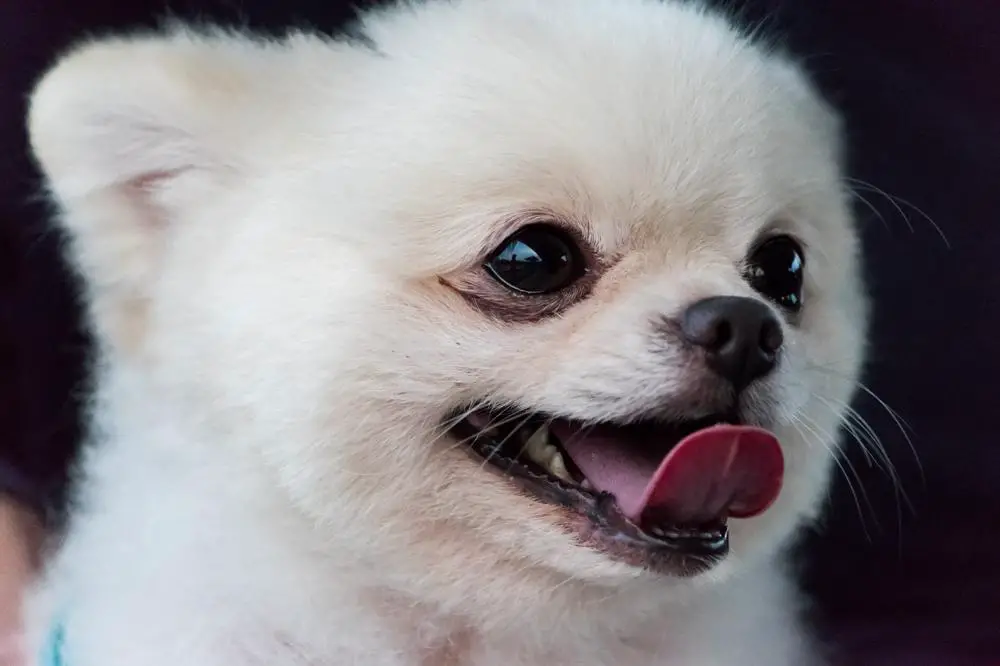
Dog Breeds That Are Similar to Pomeranians
If you have not made up your mind on which dog breed to get, you may also want to consider some other dogs similar to the Pomeranian.
We crunched the numbers and found that the following dog breeds that have similar behavior and temperament as the Pomeranian:
- Pomapoo (81 percent match with Pomeranian). Learn more about the Pomapoo here.
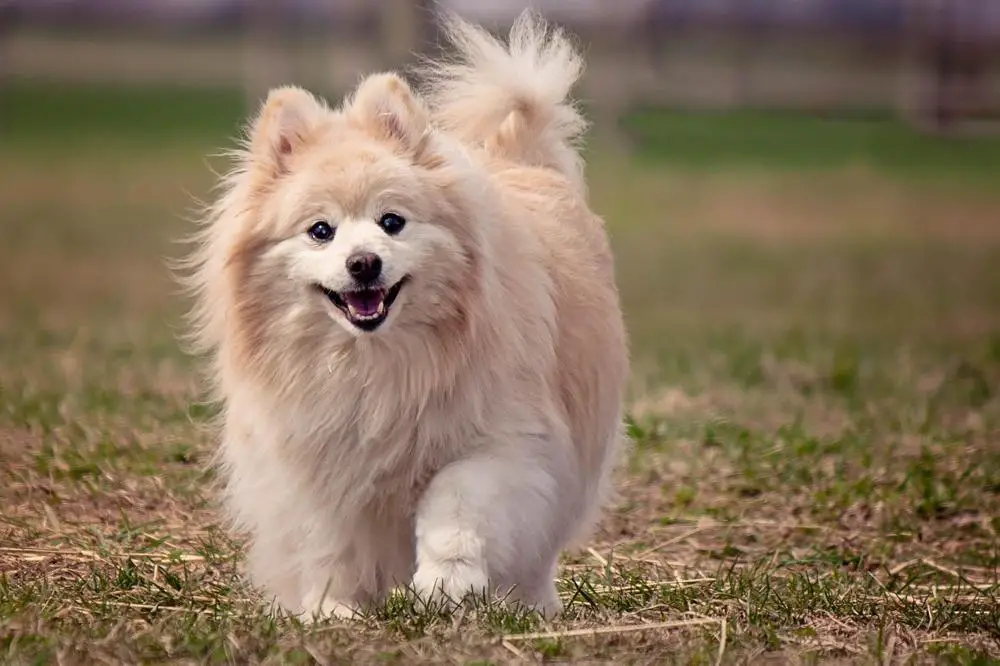
Other Things to Know About Pomeranians
Here are some of the very important characteristics of the Pomeranian that you need to know about the Pomeranian breed:
